Hazard warning surfaces
Contents |
[edit] Introduction
Hazard warning surfaces, also known as tactile paving, are textured ground surfaces that are used to assist pedestrians.
They come in a variety of forms and are commonly used in urban areas as a means of hazard warning for visually-impaired pedestrians at kerb edges, road crossings and gradient changes. They can also be used on cycle paths as a way of demarcating the area to be used by cyclists.
[edit] Blister tactile
Blister tactile surfaces are commonly used for pedestrian crossings with dropped kerbs, and consist of rows of flat-topped 6 mm-high domes or ‘blisters’ in a square pattern. For light-controlled crossings, blister paving should span the full width of the crossing, normally 0.8 - 1 m wide.
If the footpath is wider than 0.8 - 1 m, the paving should extended back by two or three courses to aid with detection.
Concrete or clay blister paving is usually provided in red, buff and ‘natural’ grey colours.
Stone blister paving can be used, with the blisters milled to a circular or square shape. This tends to be a more expensive option.
Metal ‘studs’ can be also be fixed to standard paving units, either by drilling and glueing or by using a high-strength adhesive or epoxy resin to fix them into position. Studs tend to be stainless steel with either a chromed or bronzed effect, and are retro-fitted once the paving has been installed. Studs can also be used as deterrence devices against skateboards and obstruction of access routes.
[edit] Offset blister tactile
This variation of blister tactile paving consists of ‘blisters’ spaced at 66.5 mm centres. These units are typically used to indicate the edge of off-street platforms in rail, tram and tube stations.
Any suitable paving material can be used to manufacture the paving units, and they are often coloured so as to contrast with the surrounding ground. The standardised layout of rail station platforms tends to mean it is easiest to use 400 x 400 mm or 450 x 450 mm pre-cast concrete units. The row of blisters must be parallel to the edge of the platform, and they are normally laid 500 mm back from the platform edge.
[edit] Lozenge tactile
This type of tactile paving is used for on-street platform edges, such as trams and bus stops. It comprises rows of around 6 mm-high lozenge shapes with rounded edges. They are usually buff coloured, but can be any colour. They should be installed to a depth of 400 mm parallel to the platform edge, and a minimum of 500 mm back from the edge.
[edit] Corduroy hazard warning tactile
This type of tactile paving comprises a rounded or rod-like surface protrusion which is often used:
- At the top and bottom of stairs.
- At the foot of a ramp.
- On a level crossing.
- Where a footway joins a shared route.
Rounded bars run transversely across the direction of pedestrian travel. The bars are around 6 mm high, 20 mm wide and spaced 50 mm from the centre of one bar to the centre of the next. They are typically made of pre-cast concrete, clay or natural stone.
[edit] Cycle way tactile
This tactile paving is intended to warn of cycle lanes, and is used on shared paving routes where the pedestrian side is not physically separated from the cyclist side. It comprises a series of continuous raised, flat-topped bars, each 5 mm high, 30 mm wide and spaced 70 mm apart. A central delineator strip should be made of a white material and be 12-20 mm high, 150 mm wide with sloping sides and a flat top of 50 mm.
[edit] Directional tactile
Also known as guidance tactile, this is intended to act as a guide across large paved spaces where a property line or kerb edge is not present. It can also be used as guidance around obstacles in a pedestrianised area such as street furniture.
It comprises a series of raised, flat-topped bars running parallel to the direction of travel. The bars are 5.5 mm-high, 35 mm wide and spaced 45 mm apart.
[edit] Related articles on Designing Buildings Wiki
Featured articles and news
The Building Safety Forum at the Installershow 2025
With speakers confirmed for 24 June as part of Building Safety Week.
The UK’s largest air pollution campaign.
Future Homes Standard, now includes solar, but what else?
Will the new standard, due to in the Autumn, go far enough in terms of performance ?
BSRIA Briefing: Cleaner Air, Better tomorrow
A look back at issues relating to inside and outside air quality, discussed during the BSRIA briefing in 2023.
Restoring Abbotsford's hothouse
Bringing the writer Walter Scott's garden to life.
Reflections on the spending review with CIAT.
Retired firefighter cycles world to raise Grenfell funds
Leaving on 14 June 2025 Stephen will raise money for youth and schools through the Grenfell Foundation.
Key points for construction at a glance with industry reactions.
Functionality, visibility and sustainability
The simpler approach to specification.
Architects, architecture, buildings, and inspiration in film
The close ties between makers and the movies, with our long list of suggested viewing.
SELECT three-point plan for action issued to MSPs
Call for Scottish regulation, green skills and recognition of electrotechnical industry as part of a manifesto for Scottish Parliamentary elections.
UCEM becomes the University of the Built Environment
Major milestone in its 106-year history, follows recent merger with London School of Architecture (LSE).
Professional practical experience for Architects in training
The long process to transform the nature of education and professional practical experience in the Architecture profession following recent reports.
A people-first approach to retrofit
Moving away from the destructive paradigm of fabric-first.
International Electrician Day, 10 June 2025
Celebrating the role of electrical engineers from André-Marie Amperè, today and for the future.
New guide for clients launched at Houses of Parliament
'There has never been a more important time for clients to step up and ...ask the right questions'
The impact of recycled slate tiles
Innovation across the decades.
EPC changes for existing buildings
Changes and their context as the new RdSAP methodology comes into use from 15 June.







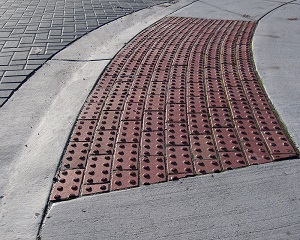
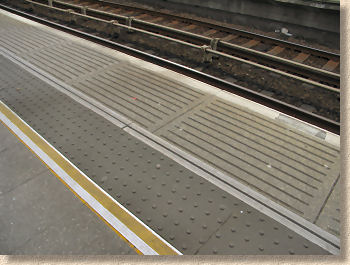
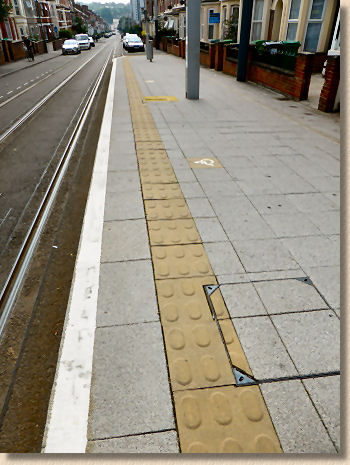
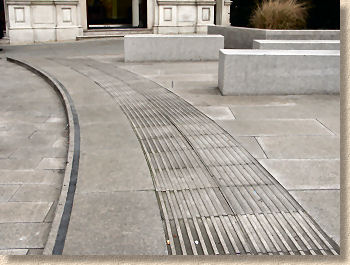

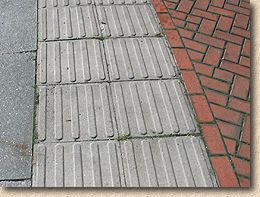


















Comments
Could anyone suggest a company manufacturing the central delineator strip described under Cycle Way Tactile, meeting the requirements described in the article ("should be made of a white material and be 12-20 mm high, 150 mm wide with sloping sides and a flat top of 50 mm.")?